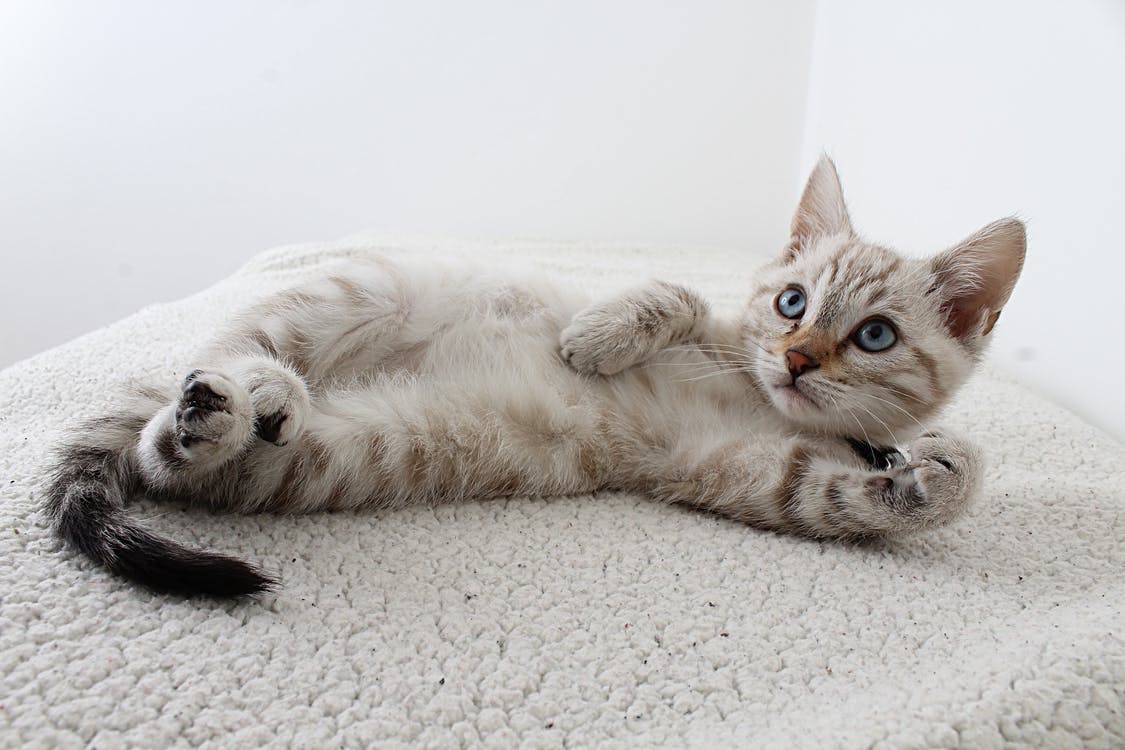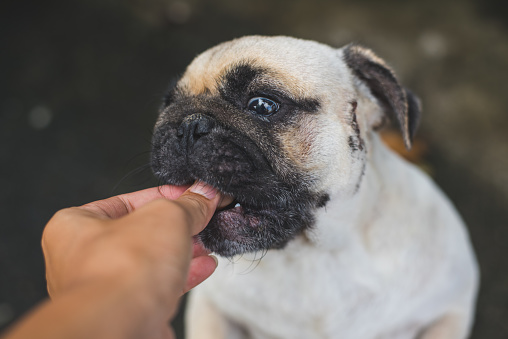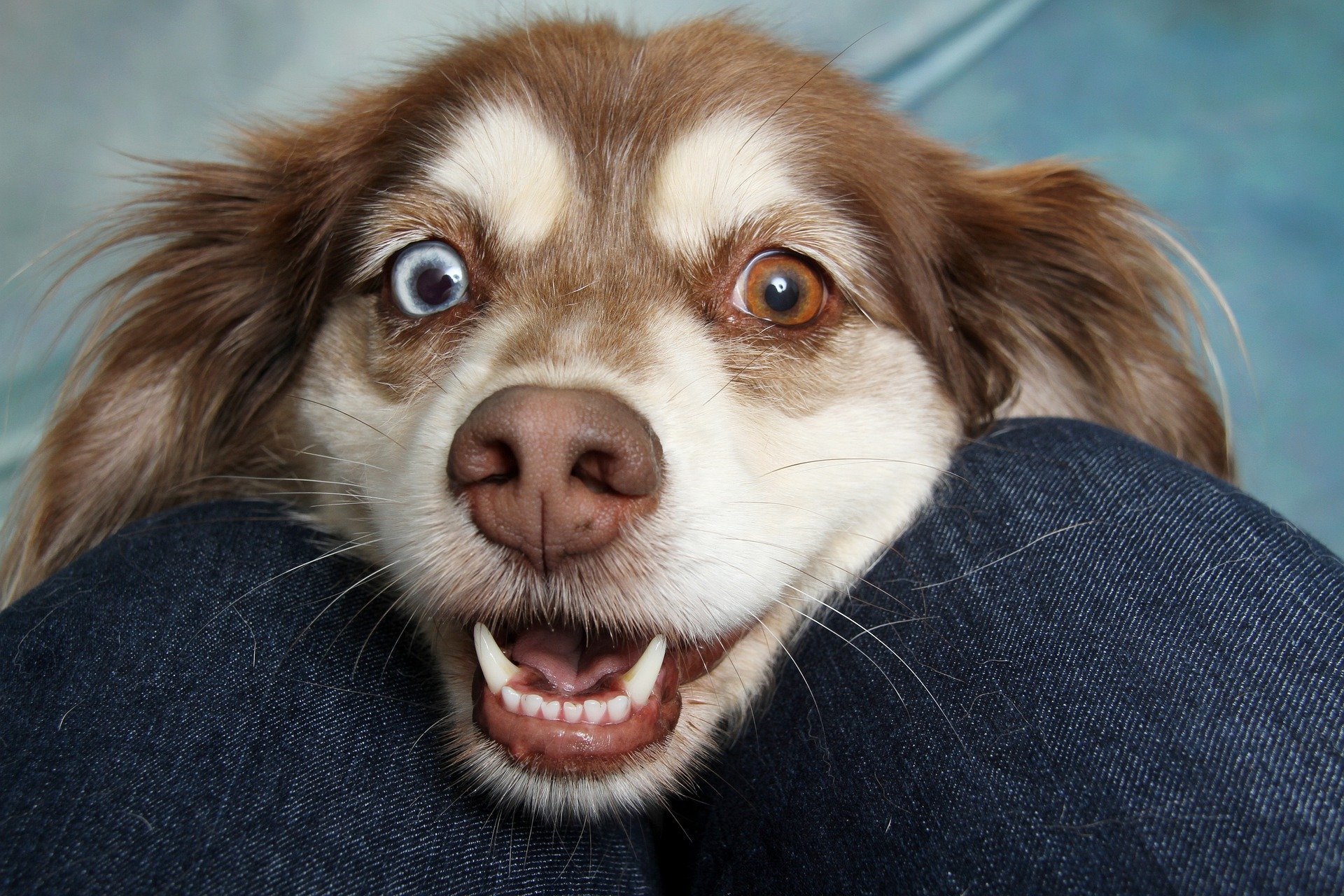
Positive reinforcement is one of the most effective ways to train a dog. Humans use positive reinforcement too! This type of training consists of rewarding your dog's good behavior in hopes that they will do it again. For example, if you are teaching your dog to sit and they sit successfully, reward them with their favorite treat. They will then most likely repeat this behavior in hopes of another reward.
Every dog loves a treat, some pets, or some good praise, so this is an excellent way to interpret their favorite things into training.
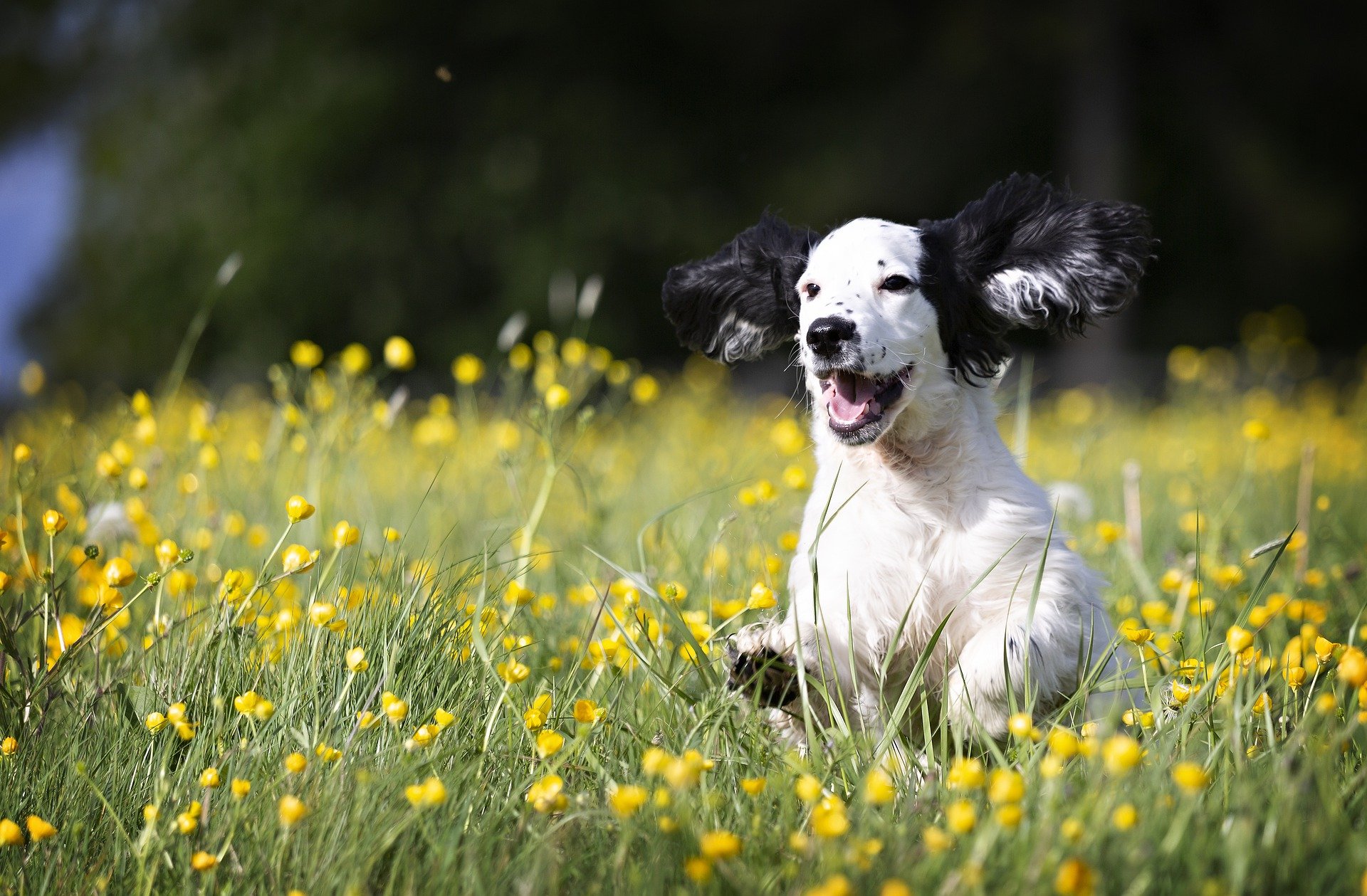
Positive reinforcement is the best way to teach your dog new behaviors and change old bad habits, and it is very simple!
What is the difference between positive and negative reinforcement?
Nowadays, dog trainers tend to avoid using negative reinforcement. However, this form of training can be used effectively if done properly without affecting the dog or the relationship between the dog and the owner.
Negative reinforcement can change a dog's behavior by putting the dog in an uncomfortable situation, and as soon as the dog does the desired behavior they are taken out of the uncomfortable situation. An example of this is a shock collar. If you want to keep your dog in a designated area, the collar will shock your dog if they try to leave and will stop shocking them when they are within the area. This teaches the dog not to go out of where you want them to be. Most people prefer positive reinforcement over negative as it is an overall more enjoyable training experience for your dog as they will be rewarded for good behavior instead of only being taken out of discomfort when they do the desired task. Relief is not the same as a reward.
What happens when you don't use positive reinforcement?
When you use this method of training, it’s adding to your dog’s confidence. A confident dog is usually much easier to train with quicker results. However, if you don’t use positive reinforcement and shout at your dog “no!” when they do something wrong, this takes that confidence away. A dog that lacks confidence and is fearful is much more difficult to train and is more likely to act out aggressively.
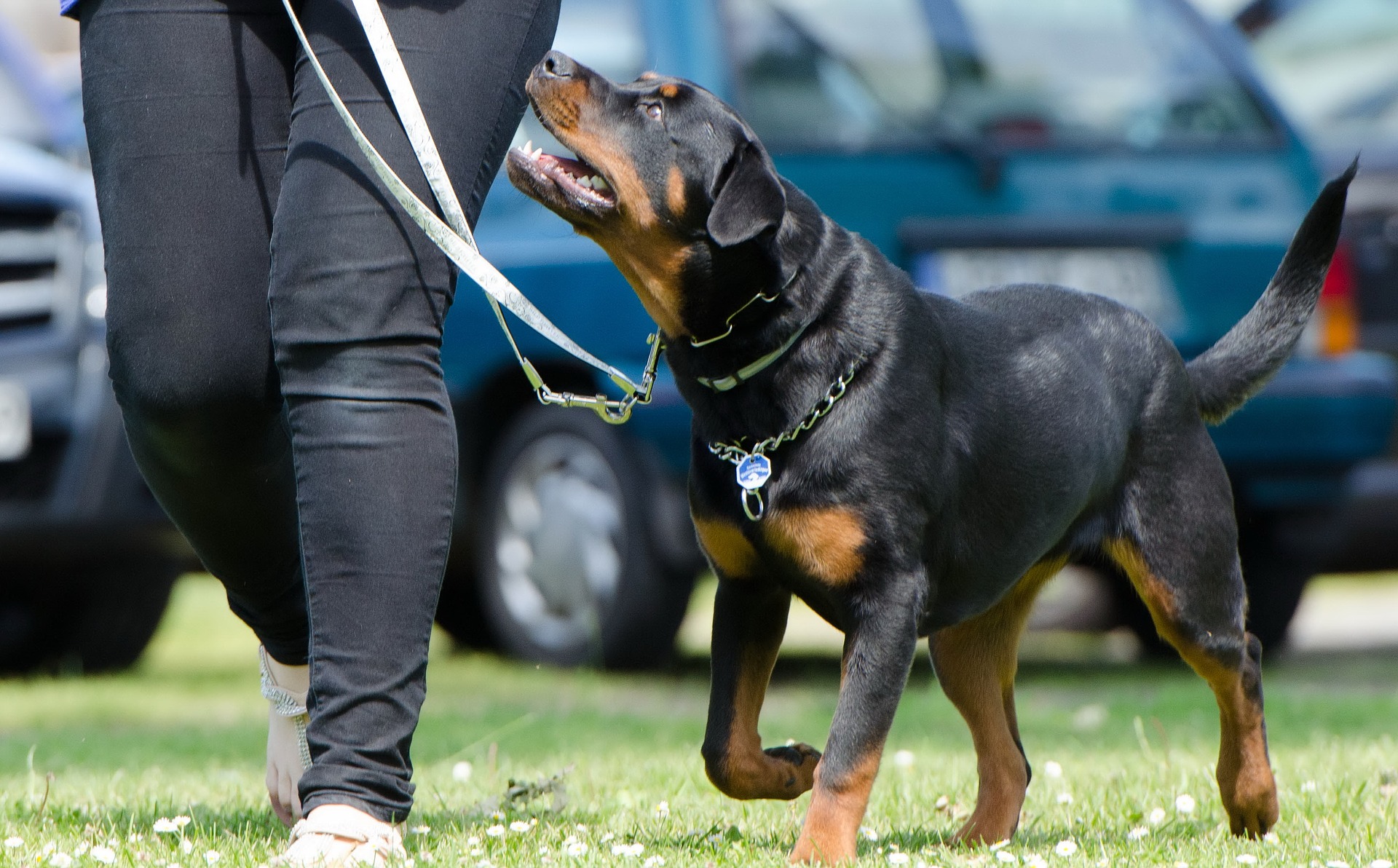
It is important that you are consistent with this training method. You can’t use positive reinforcement one day and then the next day you decide to yell at your dog for their mistakes, this will confuse them and make the training much longer and more difficult.
Tips for starting with positive reinforcement training
1. Stock up on rewards- this can be a very good idea, training is a lengthy process. Treats are the most common reward that people use in positive reinforcement training because every dog loves treats! Be sure that the treats you have stocked up are healthy, low-calorie, and ones that your dog enjoys. Also, be sure that they are small in size or easy to break up into pea-sized bits. Tiny chunks of meat and cheese work great too.
2. Make sure your dog is enjoying themselves- create a happy environment when using positive reinforcement. It is so important that your dog enjoys the training process and is excited to learn new things. You can do this by showing your dog you are happy with them with lots of praise and high-pitched voices.
3. Timing should be perfect- you must make sure you give your dog their reward immediately after the desired behavior is done. This is to ensure your dog knows what they are being praised for. If you don’t make clear what your dog is doing right, they can become confused and training will be longer and more difficult. Make it easy for your dog to understand as they don’t speak human!
4. Learn what works best for your dog- if you use a treat your dog doesn’t enjoy, you won’t be reinforcing anything. You must make sure that whatever you are using for positive reinforcement training is truly rewarding from your dog’s point of view. If you use something your dog doesn’t necessarily enjoy, you will decrease his desire to repeat the behavior. For example, if you are giving your dog a biscuit he doesn’t go crazy for, there is less likelihood that he will want to repeat the behavior again as he will associate it with something negative, a treat he dislikes. Learn what works best with your dog as it will make the process a whole lot easier. It can be a great idea to make a list of treats or rewards your dog enjoys from most to least so you can use these when using positive reinforcement training.
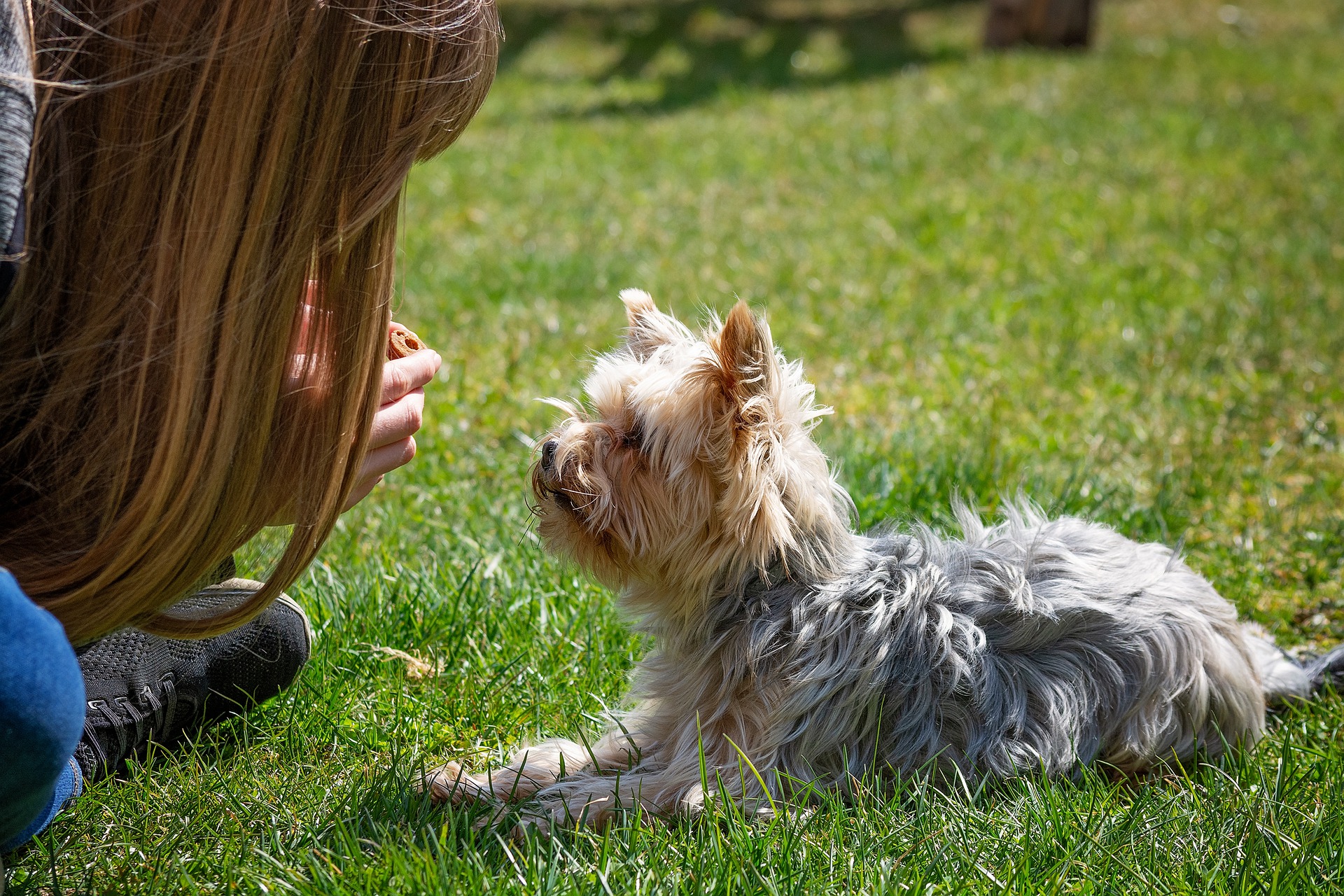
What not to do when using positive reinforcement
1. Be inconsistent- I cannot stress the importance of consistency enough. An example of being inconsistent would be not allowing your dog on your bed one day and then the next day you let them. This will teach your dog that they are allowed to do things they shouldn’t, which will make it much harder to shape their behavior. Make rules and stick by them. No exceptions!
2. Make things complicated for your dog to understand- as I said before, your dog doesn’t speak human. They won’t understand long sentences. Dogs pick up keywords such as ‘walk’ or ‘sit’. You shouldn’t make it harder for your dog to understand by saying something like “come here and sit down”. Instead, just call them and say “sit”. Training is tough for your dog just as it is for you, so make it easier for you both.
3. You think you can’t correct your dog anymore- this is very common with positive reinforcement training. Many trainers think they can no longer correct your dog’s wrong behavior, but you can and you should! Your dog still needs to know what is wrong while still learning what is right.
Should you use a clicker with positive reinforcement training?
It is completely your choice if you want to use a clicker or not. A lot of people like to as it is a quick way to tell your dog they are correct without having to worry as much about the timing of the treat (it should still be as soon as possible). Clicker training is very useful in a lot of ways but some people find it awkward and confusing which is why they choose not to include it in positive reinforcement training. There is no evidence that a clicker will fasten the process of training rather than just using rewards, so again it is completely your choice.




